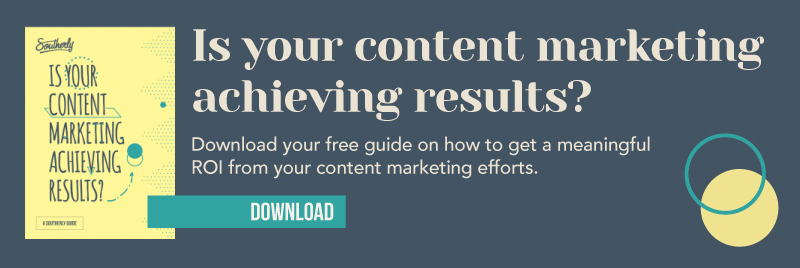In the simplest of terms, AR technology allows digital content – be it video, text or images – to be superimposed over a view of the real world. When Pokémon GO took over the world for a brief spell last summer, people that had never previously showed an interest in, or had no prior knowledge of AR found themselves exposed to its capabilities. It’s something that can give brands an edge over their competition by providing information in a unique and engaging way. It’s a technology with huge potential, and one that could completely transform the way some organisations choose to deliver their content. Each organisation must think about how they want to represent themselves, what they want to achieve and to whom they want to appeal before committing to any particular approach While it’s undoubtedly true that AR is not a cog that everyone should be inserting into their marketing machine, there are certainly many organisations that could significantly enhance their content offering, as well as their customer experience, by augmenting reality. Or imagine you’re at a conference and have only limited time to network. Not only is this something that makes Yelp stand out, but it’s a concept that could inspire other apps. An app harnessing AR could conceivably allow users to scan a room and reveal the relationship status, age, interests and sexual orientation of those people around them that are also using the same app. It should be the bridge, the springboard, to understand the works of art.” Salort-Pons has also stated that the Lumin technology will only eventually expand to around 15 percent of the museum’s art exhibits to prevent viewers from becoming too engrossed by the AR aspect, while also giving them ample opportunity to experience a completely new way of interacting with art. Though Salort-Pons’ response specifically refers to the Lumin experience, it is certainly not a point that is bespoke to the viewing of art.
The term augmented reality (AR) has been bandied around for a couple of decades, but it’s only in the last 12 months or so that the concept has really started to seep into our daily lives.
In the simplest of terms, AR technology allows digital content – be it video, text or images – to be superimposed over a view of the real world. In years gone by, anyone wanting to experience AR would have required a bespoke piece of equipment, which, generally speaking, would be specially designed glasses, but that’s no longer the case. With smartphones becoming increasingly powerful, and as app developers grow more adventurous, AR is becoming a feature of the everyday.
When Pokémon GO took over the world for a brief spell last summer, people that had never previously showed an interest in, or had no prior knowledge of AR found themselves exposed to its capabilities. And they went crazy for it.
AR is far more than just a gaming gimmick, however. It’s something that can give brands an edge over their competition by providing information in a unique and engaging way. It’s a technology with huge potential, and one that could completely transform the way some organisations choose to deliver their content.
Redefining content
The idea of incorporating something like AR into a content strategy is likely to bewilder some, and might be easily dismissed. To many minds, the word ‘content’ is still very much associated primarily with the written word, despite the fact that as technology advances, more and more companies are attempting to target and engage audiences in a variety of progressive ways.
Podcasts, videos, images and infographics are all equally valid forms of content; each has its own strengths and weaknesses, but they are all powerful tools when used in the correct manner. The methods used to produce and push out content are constantly evolving to match customer needs and expectations, and AR is just the latest in a long line of innovative approaches
With all forms of content production, quality over quantity is, of course, paramount. You need to provide information your audience will find useful via channels that suit their consumption habits.
The key is not necessarily attaching multiple strings to your bow; it’s about choosing those specific strings that ensure your content ends up where it’ll be most beneficial.
When and where can a brand apply AR?
Every brand is different. There’s no one single marketing campaign, message or channel that will bring instant success each and every time it’s used. Each organisation must think about how they want to represent themselves, what they want to achieve and to whom they want to appeal before committing to any particular approach
While it’s undoubtedly true that AR is not a cog that everyone should be inserting into their marketing machine, there are certainly many organisations that could significantly enhance their content offering, as well as their customer experience, by augmenting reality.
Imagine, for example, the benefits of AR when attempting to decorate a house. By simply pointing your phone at the place where you’d like to position a wardrobe or bed, you could get a firm understanding of whether said item will fit, and whether it’ll match the other pieces of furniture in the room.
Or imagine you’re at a conference and…

COMMENTS